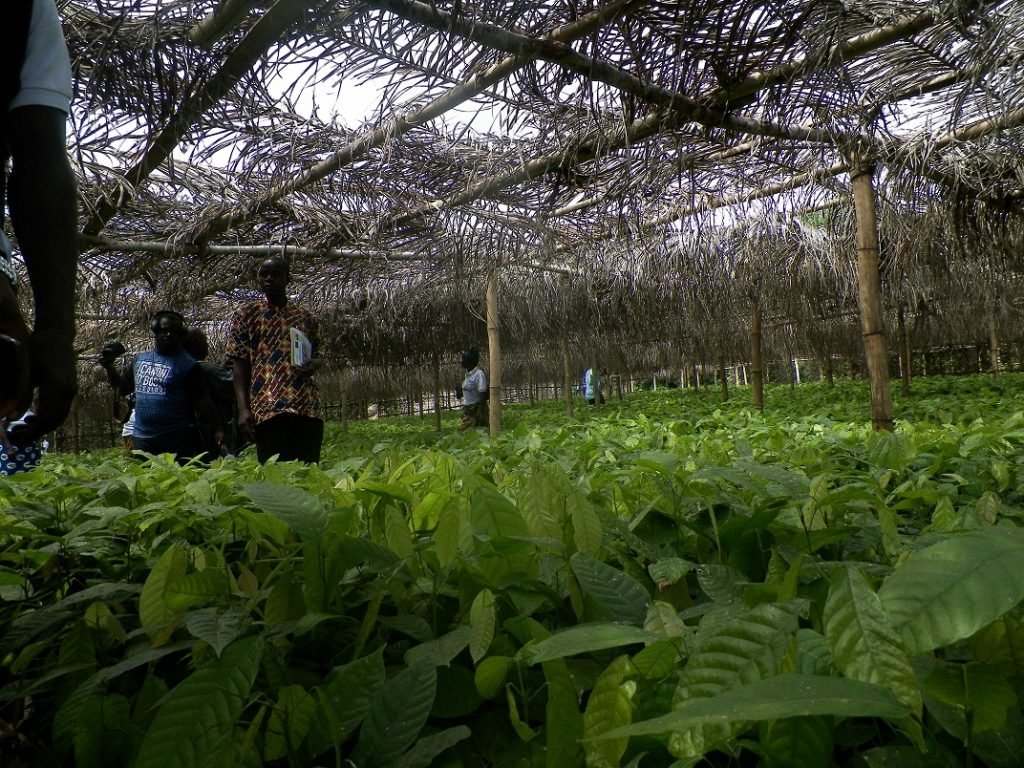Managing black rot in cabbage

Stunted and unproductive cabbages
Black rot starts as small, yellow-brown, V-shaped areas at the leaf margins. The V-shaped areas enlarge and the entire leaf eventually turns yellow or wilts and falls off. When a young seedling is affected, the plant remains stunted.
Yields are affected when the plants rot and die prematurely, quality is reduced because of symptoms on the marketable parts of the plant and removing sick plants increases production costs.
Infected soil, seeds and seedlings cause black rot
Black rot often occurs in cold areas. The germs causing the black rot disease remain in the soil after harvest. The germs also live in seeds and infected transplants. Once introduced in your field the germs gradually spread to healthy plants. Running water from rain can carry infected soil to healthy plants.
Managing black rot in cabbage
A single method is never enough to control this disease, so always combine different methods to manage black rot successfully.
After growing cabbages for one season, plant other crops like maize and beans for at least four years until the soil is free of the cabbage rot disease. Only buy quality seeds from a trusted source. Do not weed when the plants are wet, as you may spread the disease further from sick to healthy plants.
Remove the sick leaves and plants from the field and don’t feed them to your animals as black rot disease can further spread through manure. Grow border crops like napier grass to keep infected soil out of your cabbage field. After harvest, remove all plant debris from the field.
Credit: Acess Agriculture (www.acessagriculture.org)






I’m so happy to read this. This is the kind of manual that needs to be given and not the random misinformation that’s at the other blogs. Appreciate your sharing this best doc.